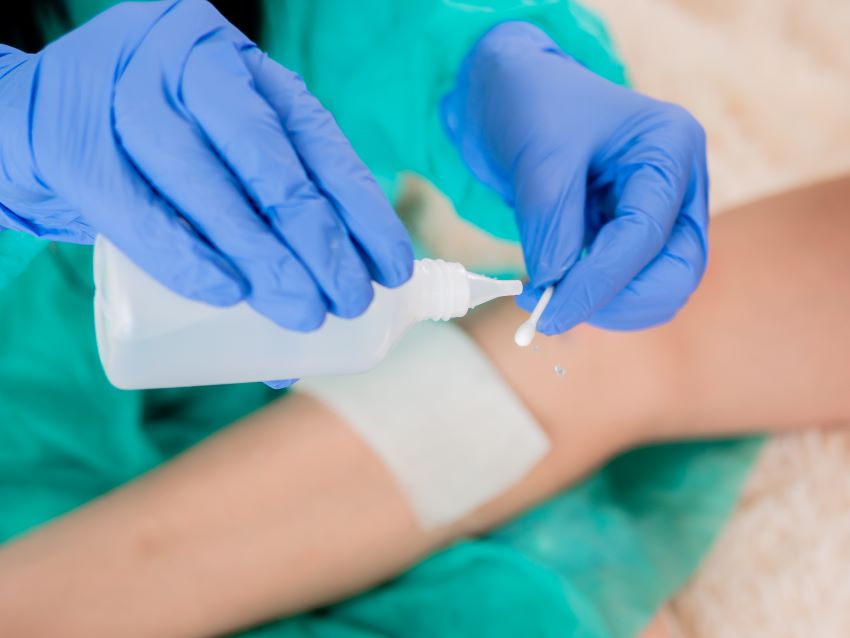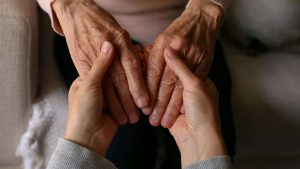Empowering Support Workers: A Guide to Basic Wound Assessment and Care

As we age, it’s inevitable that we experience chronic illnesses that require extended care. One of the most common health issues seniors face is chronic wounds. It’s distressing enough when this wound seem to linger, and it amplifies if they aren’t supported adequately. An essential part of managing is ensuring they are assessed and cared for properly. Unfortunately, given the complexity of the medical field, support workers often lack the necessary training to manage all aspects of the senior’s care. In this blog post, we aim to provide a comprehensive guide to empowering support workers about basic assessment and care, helping them execute their duties more efficiently.
1. Definition:
A wound is an injury to the skin, muscle, or other body tissue that breaks the continuity of the skin’s surface. Some examples are cuts, abrasions, burns, blisters, and surgical incisions. It’s crucial to identify the different types of injury to provide the right wound care. Additionally, they are classified by the depth and location of the injury, and each requires unique care and treatment.
2. Assessment of a wound:
Assessing a wound is one of the fundamental skills support workers need to have. During assessment, you need to analyse the wound’s size, depth, and location. Be sure to measure the it’s width, length, and depth with a measuring tape or ruler. Additionally, it’s crucial to identify the stage, level of exudate or fluid drainage, and the state of the skin surrounding the injury.
3. Wound Care:
Once you have assessed the wound, the next step is to provide wound care. One of the most essential parts of the injury is cleaning. Gently clean with saline and a clean cloth to remove any dirt or debris. Additionally, use a dressing appropriate for the type and stage of the wound to ensure it heals correctly. Change the dressing regularly to help prevent infection. Always be sure to wear gloves when cleaning or handling the wound to reduce the risk of infection.
4. Offloading:
Some types, such as pressure ulcers or bedsores, can worsen without prompt medical attention. These types of wounds require offloading, which is the process of reducing pressure to help it heal correctly. When offloading, the main objective is to create a barrier between the wound and the surface it is in contact with. You can achieve this by using specialized cushions, pads, and positioning devices. Always remember to follow the recommended care plan from the patient’s doctor or injury care specialist.
5. Signs of Infection:
It’s crucial to monitor wounds for any signs of infection as it can have a detrimental effect on the wound’s healing process. Some of the common signs of infection include redness, pain, fever, swelling, and increased wound drainage. If it appears to be infected, it’s essential to notify the patient’s wound care specialist or doctor immediately.
Conclusion
As a support worker, it’s essential to have basic wound assessment and care knowledge. Empowerment in this area ensures proper wound management and treatment, ultimately leading to a faster healing process. With the right skills and education, support workers can provide their patients with a better quality of life, reducing the incidence of infection and readmissions to hospitals. Use this guide as a starting point to develop additional knowledge and skills in injury assessment and care. Remember, always follow the care plan dictated by the patient’s doctor or wound care specialist.
Book a free Consultation with us today!
Mobile : 1800960068
Email : contactus@iseeksupport.au









